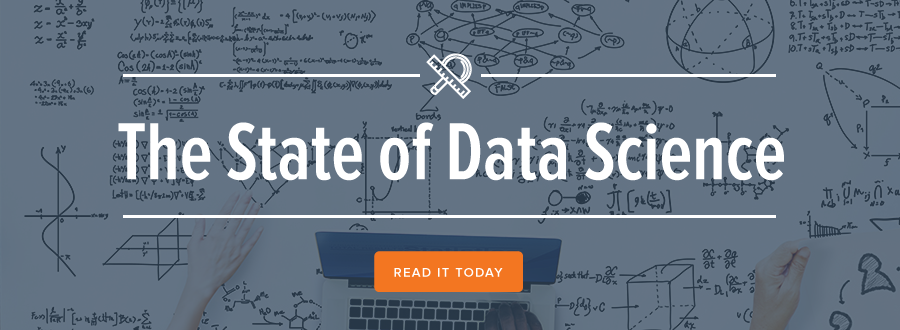In a by now famous Harvard Business Review article titled, Data Scientist: The Sexiest Job of the 21st Century, Thomas H. Davenport and DJ Patil (Now Chief Data Scientist at the Whitehouse) reported on the growing need for data scientists in a world where the amount of data was growing exponentially. The article likens the new data scientist to the “Wall Street ‘quants’ of the 1980’s and 1990’s”:
“In those days people with backgrounds in physics and math streamed to investment banks and hedge funds, where they could devise entirely new algorithms and data strategies. Then a variety of universities developed master’s programs in financial engineering, which churned out a second generation of talent that was more accessible to mainstream firms. The pattern was repeated later in the 1990s with search engineers, whose rarefied skills soon came to be taught in computer science programs.”
Today, extracting insights from big data requires a skill set that goes deeper than the job requirements of a business analyst or an engineer. It requires an understanding of data engineering, machine learning, and statistics. And the response for this demand has been the development of a new job role — the data scientist. But just how many of these people are there?
While some sources attempt to quantify and comment on this growth through salary changes, or job listings, our newest benchmark, capturing the state of data science, instead looks to self-identification, and the world’s largest professional network — LinkedIn.
How has the number of data scientists changed over time?
Based on 236 million LinkedIn profiles, we found that there are about 11,400 and 19,400 data scientists worldwide.
This may seem like a small number, but when you take into consideration the growth in the number of these titles since 1995, it’s much more impressive; at least 52% of all data scientists have earned that title, or begun identifying themselves as such within the past 4 years.
What does the future look like?
This trajectory, coupled with predictions about job shortages, paints an interesting picture about the future of data science. A McKinsey report titled, Big data: The next frontier for competition looks at 2018 job market projections:
“The United States alone faces a shortage of 140,000 to 190,000 people with analytical expertise and 1.5 million managers and analysts with the skills to understand and make decisions based on the analysis of big data.”
In response to this growing need, individuals interested in the field are completing brand new data science degrees from universities, consuming online courses and training programs, and going from Kaggle competition to Kaggle competition in order to pick up the skills necessary for these highly lucrative positions. Glassdoor reports the average salary for someone who identifies as a “data scientist” is $118,700).
So, what is the actual skills profile of a data scientist? How are the educational requirements changing? What companies are stocking up on data scientists?
We go deeper on all of these questions (and many more) in our latest report, The State of Data Science.

